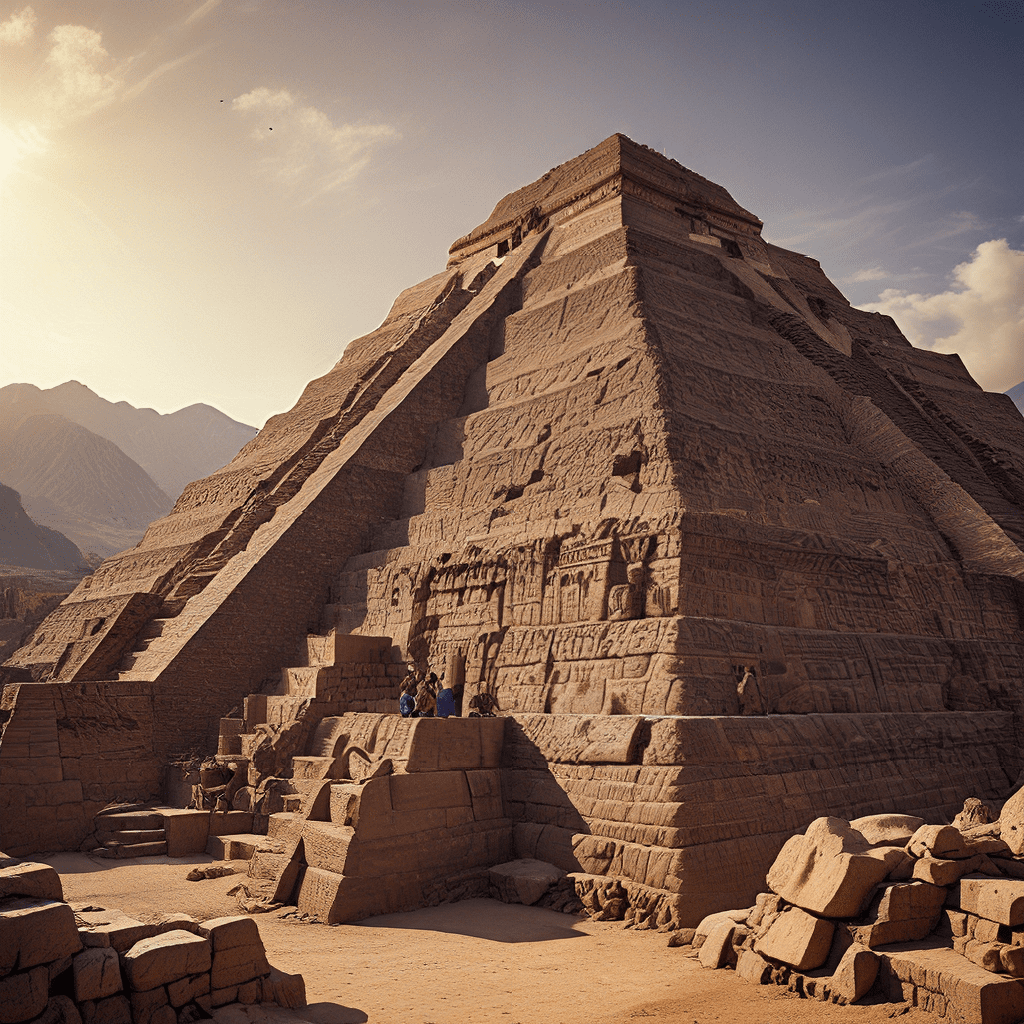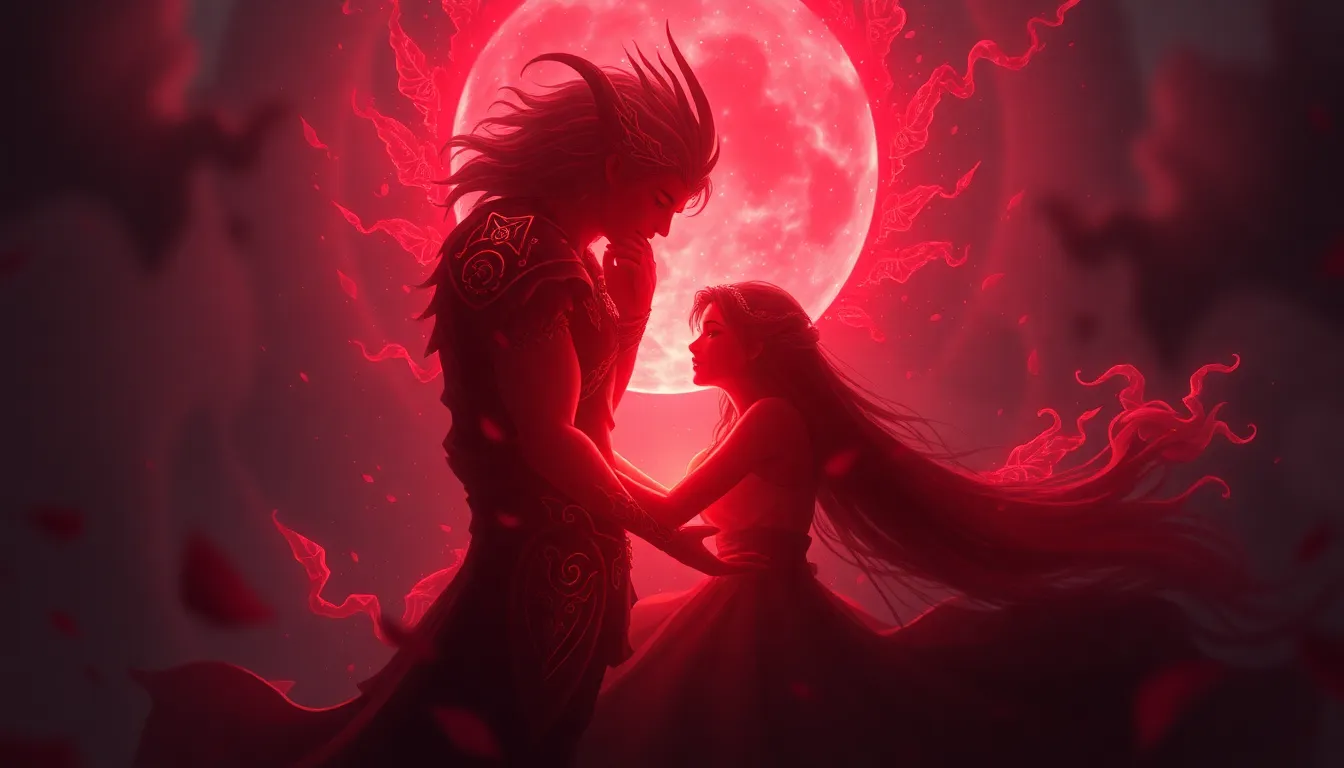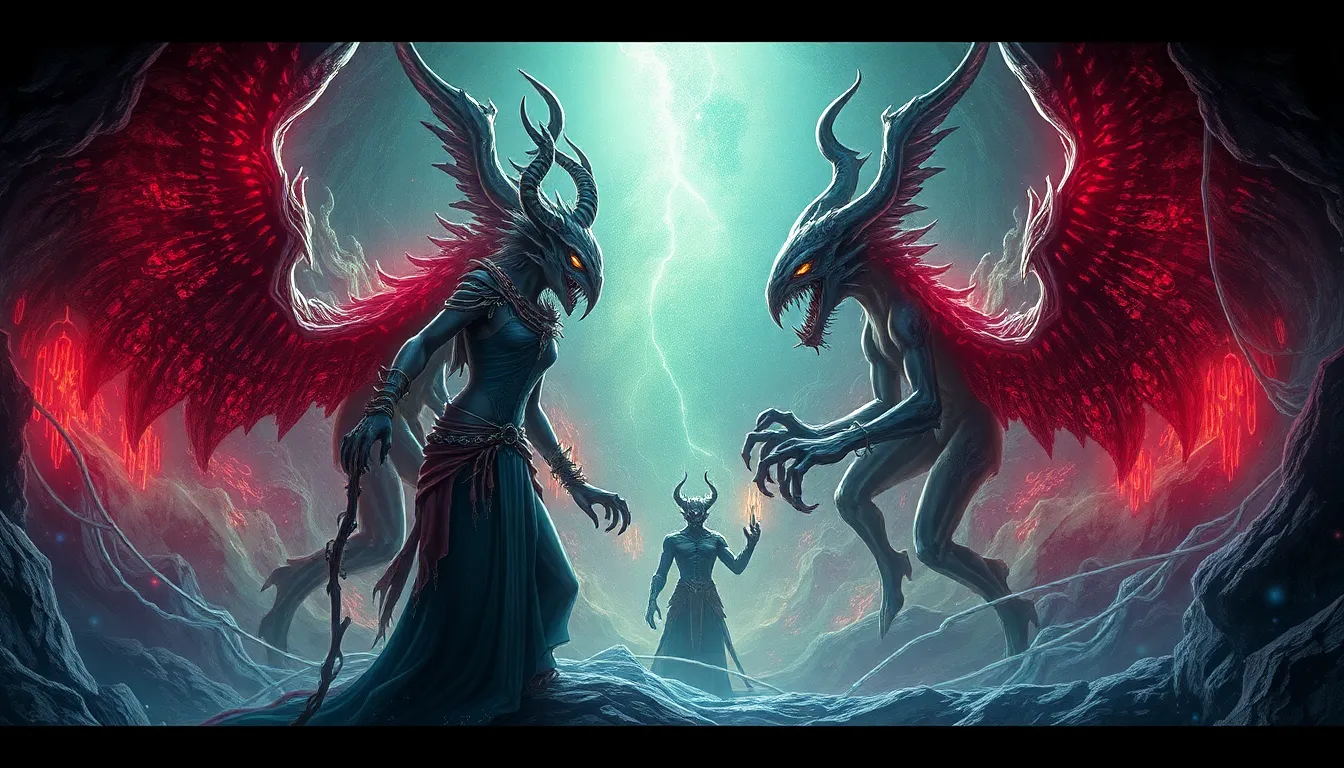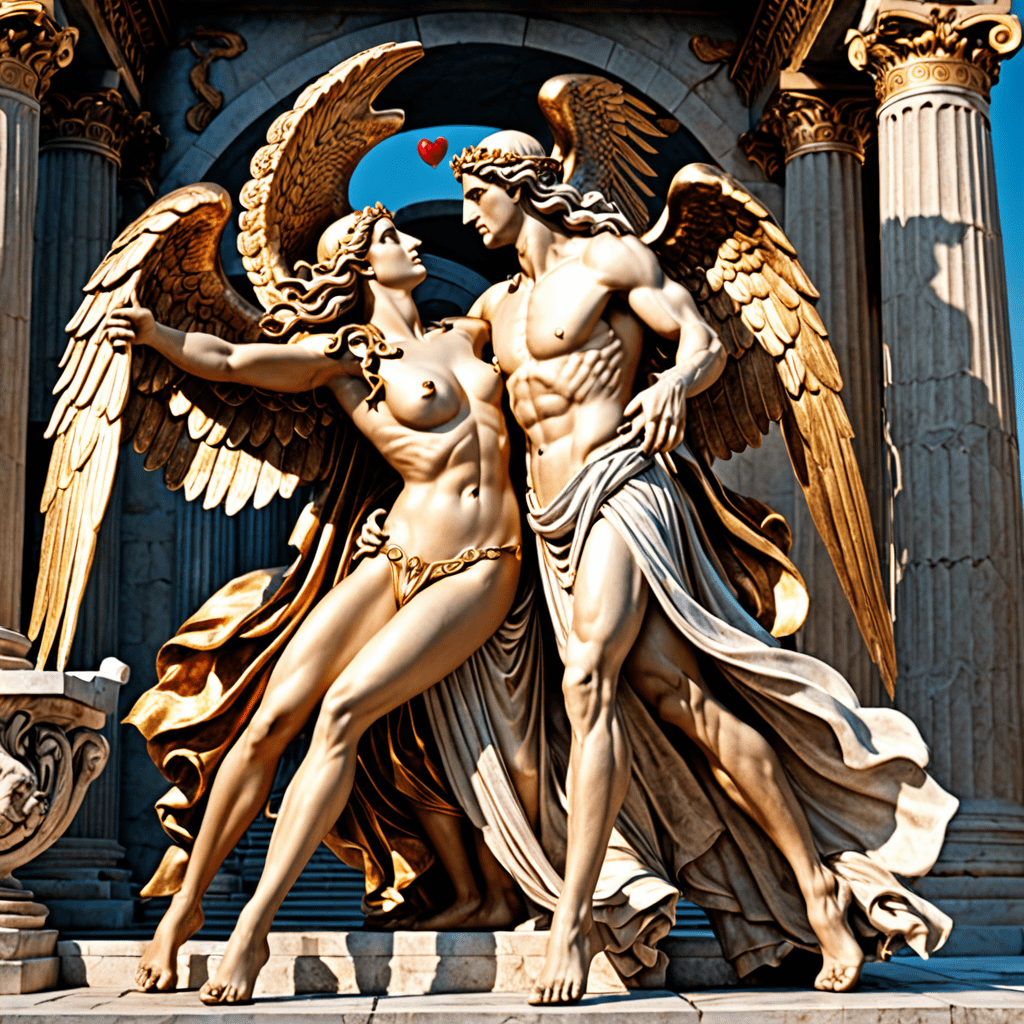The Sacred Incan Huaca Pucllana: Pyramid of the Moon
In the heart of modern-day Lima, Peru, lies a fascinating archaeological site known as Huaca Pucllana. This ancient Incan complex is a testament to the rich history and culture of the Inca civilization, and it holds a special place in Incan mythology as the "Pyramid of the Moon."
Huaca Pucllana wasn't just any ordinary structure. It was a sacred site, a place of worship and ceremony, dedicated to the powerful Incan moon goddess, Mama Killa. This pyramid played a crucial role in the lives of the ancient Incas, who revered the moon as a celestial deity with immense power.
The Myth of the Moon Goddess Mama Killa
Mama Killa, meaning "Mother Moon" in the Quechua language, was a central figure in Incan mythology. Considered the wife of the sun god Inti, she was a benevolent and nurturing deity associated with fertility, growth, and the cycles of nature.
Inca beliefs held that Mama Killa controlled the tides, influenced the weather, and played a vital role in the success of agriculture. She was also believed to protect pregnant women and guide the souls of the deceased to the afterlife. Her presence was felt in every aspect of Incan life, and her worship permeated their rituals and ceremonies.
Huaca Pucllana: A Sanctuary Dedicated to Mama Killa
Huaca Pucllana, with its intricate architecture and symbolic design, was a sanctuary built in honor of Mama Killa. The pyramid, constructed from adobe bricks, served as a sacred space where Incan priests and people gathered to perform rituals and pay homage to the moon goddess.
The pyramid's design, with its terraces and platforms, reflected the layers of the earth and the different phases of the lunar cycle. This symbolism further reinforced the connection between the site and Mama Killa's power over life and nature.
The Ritual Significance of the Pyramid
The Incas held elaborate ceremonies at Huaca Pucllana to appease Mama Killa and seek her favor. These rituals were carefully planned and carried out according to the lunar calendar, which the Incas closely observed. Priests would offer sacrifices, burn incense, and perform dances and songs dedicated to the moon goddess.
Offerings to the Moon Goddess
The Incas believed that Mama Killa accepted offerings of food, gold, silver, and other precious items. These offerings were seen as a way to express gratitude and respect for the moon goddess's power and protection. They also served as a way to ensure continued fertility, good harvests, and peace. The offerings were carefully placed within the pyramid's chambers or buried at its base, a testament to the Incas' deep reverence for their celestial deities.
The Role of the Lunar Cycle in Incan Rituals
The Incan calendar was based on the movements of the moon, and their rituals were carefully timed to align with the various phases of the lunar cycle. The moon's waxing and waning were seen as symbolic representations of the cycle of life, death, and rebirth, echoing the rhythms of nature.
During the new moon, the Incas held ceremonies to ensure good harvests and to honor the moon goddess's role as a protector of pregnant women. As the moon grew, they performed rituals to promote growth and prosperity. During the full moon, a time of great power, the Incas celebrated with festivals and feasts, acknowledging Mama Killa's influence over the natural world.
The Pyramid as a Symbol of Lunar Power
Huaca Pucllana, with its layered structure, served as a powerful symbol of Mama Killa's power. Each layer of the pyramid represented a different phase of the lunar cycle, and the pyramid itself was seen as a microcosm of the cosmos, reflecting the moon's influence on the Earth.
The pyramid's location, on a hill overlooking the surrounding area, further emphasized its connection to the celestial realm. From this vantage point, the Incas could observe the moon's journey across the night sky, reinforcing their belief in Mama Killa's divine power.
Theories on the Purpose of the Pyramid
While we know that Huaca Pucllana was a sacred site dedicated to Mama Killa, archaeologists and historians continue to debate its exact purpose. Some believe that it served as a temple complex, with different levels used for various ceremonies and rituals. Others suggest that it was an observatory, used to track the moon's movements and predict the seasons.
Regardless of its specific purpose, Huaca Pucllana undoubtedly played a significant role in Incan society, reflecting their deep respect for the moon goddess and her power over the natural world.
The Connection Between Huaca Pucllana and the Moon Temple of Cuzco
The Incan capital of Cuzco was home to another important temple dedicated to Mama Killa, known as the Koricancha. This temple, located in the heart of Cuzco, was renowned for its golden walls and its intricate astronomical features.
While Huaca Pucllana was a smaller site, it shared a strong connection with the Koricancha, both serving as sanctuaries dedicated to the moon goddess. This connection highlights the importance of Mama Killa in Incan religion and the widespread reverence she received throughout the empire.
The Influence of the Huaca Pucllana Myth on Incan Culture
The myth of Mama Killa and the sacred site of Huaca Pucllana had a profound impact on Incan culture. The moon goddess's influence was felt in every aspect of Incan life, from their agricultural practices to their artistic expressions.
The Incas' deep respect for the moon is evident in their art, literature, and textiles. Images of Mama Killa are found on pottery, textiles, and other artifacts, testifying to the goddess's enduring presence in Incan culture.
The legacy of Mama Killa and Huaca Pucllana continues to inspire awe and wonder in modern-day Peru, reminding us of the rich history and vibrant culture of the Inca civilization.
FAQ
Q: What was the significance of Huaca Pucllana for the Incas?
A: Huaca Pucllana was a sacred site dedicated to Mama Killa, the Incan moon goddess. It was a place of worship and ceremony where the Incas performed rituals to honor and appease her.
Q: What role did Mama Killa play in Incan culture?
A: Mama Killa was a central figure in Incan mythology, associated with fertility, growth, and the cycles of nature. The Incas believed she controlled the tides, influenced the weather, and played a vital role in the success of agriculture.
Q: What makes Huaca Pucllana unique?
A: Huaca Pucllana is unique for its symbolic design, which reflects the phases of the lunar cycle and the Incas' deep reverence for the moon goddess.
Q: What are some theories on the purpose of Huaca Pucllana?
A: Some believe it was a temple complex, while others suggest that it was an observatory used to track the moon's movements.
Q: How did the myth of Mama Killa influence Incan culture?
A: The myth of Mama Killa influenced every aspect of Incan life, from their agricultural practices to their art and literature. The Incas held her in high regard and expressed their reverence through various forms of art and expression.




